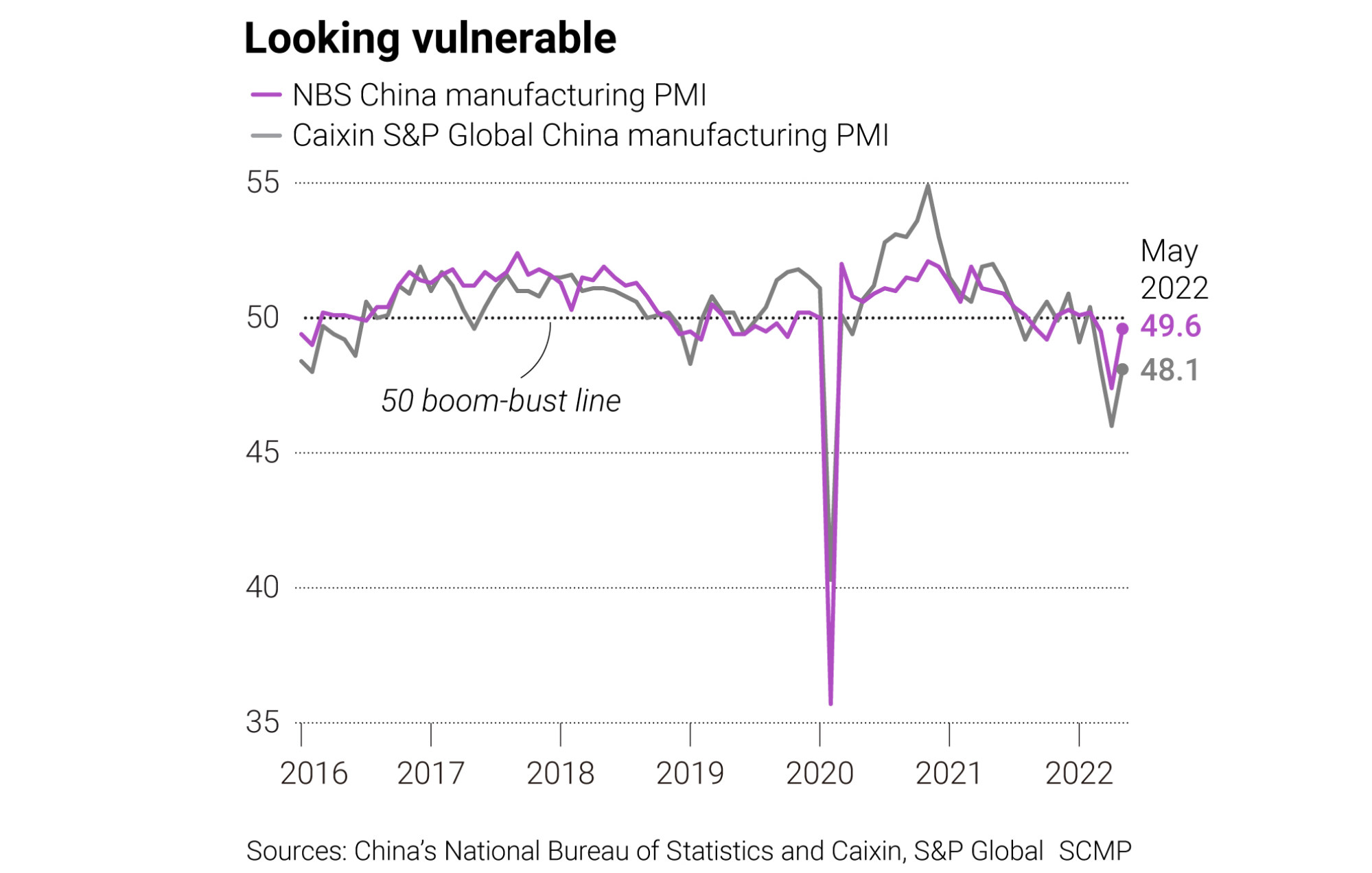
Fiscal spending a better tool than monetary easing to boost China’s economic growth
- Another interest rate cut could further weaken the renminbi while global inflation risks are rising and higher import costs threaten domestic price stability
- By contrast, rolling out more fiscal stimulus is a viable option as there is precedent of a higher budget deficit, and investor demand for Chinese debt remains firm
Beijing can’t afford to jeopardise the renminbi while global inflation risks are high and higher import costs could threaten domestic price stability in a bigger way.
The simple solution might be to keep domestic monetary conditions steady and let fiscal expansion take the full strain of reflation efforts. That means temporarily shelving plans for fiscal stabilisation and issuing more government debt to plug a bigger budget gap, but domestic growth prospects should improve.
Beijing could normally open up the policy throttles on four fronts: cutting interest rates again, flooding the markets with extra liquidity, letting the yuan weaken, and pumping in more fiscal stimulus to sustain faster growth.
Import prices are currently 6.1 per cent higher than a year ago while producer price inflation was running at 8 per cent in April after reaching a peak of 13.5 per cent in October 2021 when global supply-chain pressures were most acute. Those pressures are not over yet.

With global interest rates heading higher, cutting domestic rates would be counterproductive if it triggered another sell-off in the renminbi, further exacerbating inflation risks down the line.
An even weaker renminbi could also inflame US-China trade war tensions, potentially putting US export competitiveness at a greater disadvantage to China. Prioritising a stable dollar/renminbi exchange rate would rule out more interest rate cuts for the foreseeable future.
As zero-Covid toll intensifies, China unveils 33-point plan to save economy
Beijing has subsequently suggested that the extra spending measures needed to support the economy could increase this year’s deficit target by an extra 1 percentage point, but the government should have scope to go even further. As recently as 2018, before the Covid-19 crisis, the budget deficit/GDP ratio had jumped to as high as 4.2 per cent. The precedent is there.
The extra government debt issuance needed to cover the budget shortfall should not be a problem while investor demand for high-grade government paper remains reasonably firm, reflecting global uncertainties. The trade-off for a higher budget deficit would be a better outlook for the economy.
The value-added of extra government spending on the economy will be invaluable for employment prospects, stronger consumer confidence and ultimately for faster growth in 2022.
David Brown is the chief executive of New View Economics

